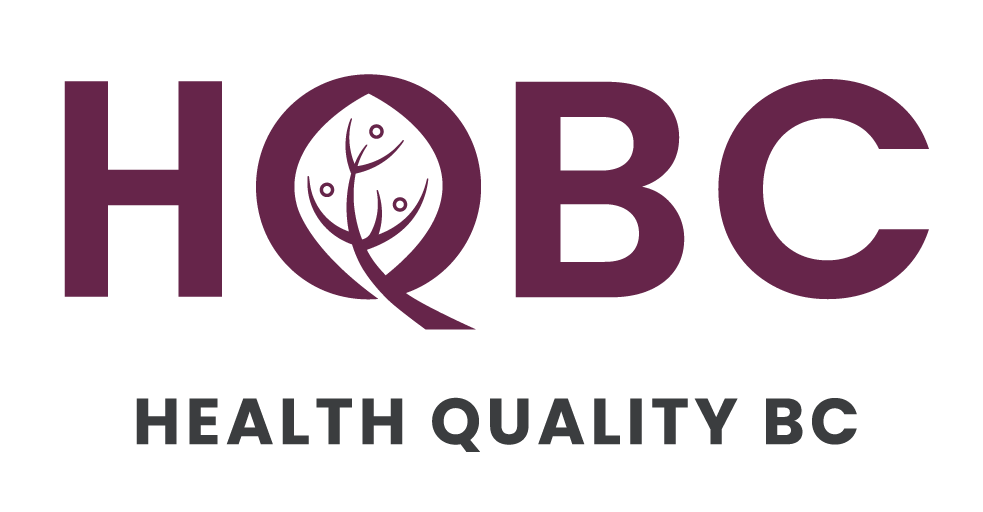This award was formally named “Staying Healthy”. Our Excellence in Quality category names changed in 2020 to reflect the updates to our BC Health Quality Matrix. Visit our Categories and Criteria page to find out more.
The First Nations Telehealth Expansion Project arose from the 2006 Transformative Change Accord: First Nations Health Plan, a 10-year plan focused on closing the socioeconomic gap between First Nations and non-First Nations people in British Columbia. One of the first steps in narrowing the gap was telehealth expansion and implementation, giving First Nations citizens access to high-quality, culturally-relevant, and integrated health services closer to home.
Historically, many First Nations people in BC have faced difficulties accessing reliable primary and specialty health care services due to geographic constraints. There are 203 First Nations communities in BC, predominantly situated in rural or remote areas. Research indicates that these communities will face consistently poorer health outcomes when compared to their larger urban counterparts.
All 203 communities were invited to participate in the expansion project, and 45 came on board. The project team began by completing a needs assessment with each community. They used a “map and match” approach, assessing service providers’ capacities to deliver telehealth services, and helping develop partnerships with other providers to fill any gaps. Some communities had no telehealth infrastructure or services, while others needed their systems upgraded and expanded.
After a two-year period which ended in December 2015, about 25,000 on-reserve First Nations citizens had access to priority health, wellness and education services through more than 180 telehealth-enabled service providers. Services delivered include:
- Clinical/wellness events: one-on-one visits with a physician, specialist or health care professional, or group wellness events like maternal health classes or AA meetings.
- Care coordination events: knowledge transfer and collaboration between multiple providers, health care workers and administrative staff on behalf of patients, such as physician referrals and provider-to-provider discussions.
- Educational events: delivery of health education to community members or health professionals.
The telehealth expansion project demonstrates the importance of communication in building lasting relationships, and credits its success to the partnerships created. Its advisory committee includes representatives from regional health authorities, the Ministry of Health, Canada Health Infoway, community health staff and Elders. The project team spent extensive time engaging communities and providers in an environment where it was safe to challenge conventional thinking and experiment with new models. This is evident in the diverse facets of telehealth care represented, including traditional healing as a service. To ensure sustainability, care was taken to integrate telehealth services with each regional health authority’s established referral processes, and those of its programs and service providers, whenever possible.
More than 45 other communities have requested to participate in the project’s next wave of expansion, and its five-year strategic plan includes full integration with regional clinical information systems to provide a seamless electronic health record for First Nations citizens, regardless of location or physical point of service.
The telehealth expansion project has increased community capacity and reduced the isolation felt by providers and patients in rural and remote communities. Rather than having technology dropped off and plugged in with little training provided, First Nations communities were able to engage in a meaningful way and be connected with services they identified as important and trustworthy. And since care can now be delivered in-community, family members can now be present with their loved ones and more involved in care delivery and decision-making. Community members now have real choice in what care they access, how they have it delivered, and with whom they build meaningful wellness relationships.

